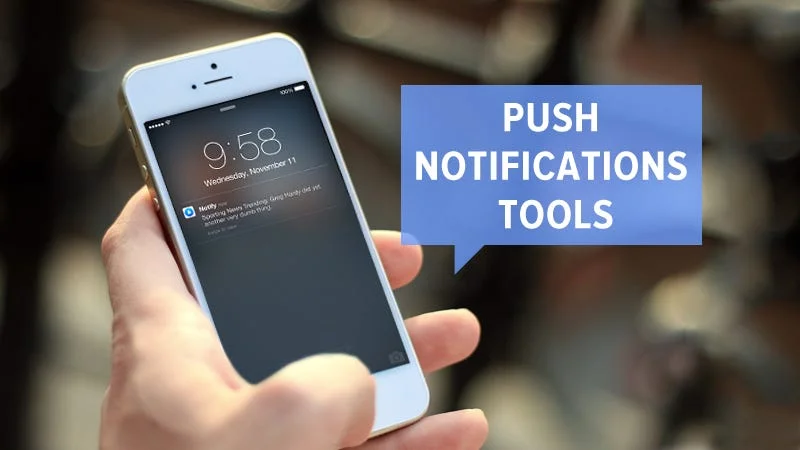Introduction: Push notification advertising is a powerful marketing tool that can drive user engagement, increase retention rates, and boost conversions. By sending targeted messages directly to users’ devices, businesses can keep their audience informed and engaged. This comprehensive guide will explore the ins and outs of push notification advertising, best practices, and strategies to maximize the impact of this powerful marketing channel.

Importance of Push Notifications in Mobile Marketing
As users are spending more time on their mobile devices, push notifications have emerged as a vital communication channel for businesses to engage with their audience. They can effectively drive user engagement, encourage repeat app usage, and convey important information, ultimately contributing to a better overall user experience.
Creating User Segments for Targeted Notifications
To maximize the effectiveness of push notification advertising, it’s essential to create user segments based on factors such as demographics, behavior, preferences, and in-app activity. By segmenting users, you can deliver personalized messages that resonate with their interests and needs, leading to higher engagement and conversion rates.
Crafting Compelling Push Notification Copy Writing impactful push notification copy is critical to capturing users’ attention and driving action. Consider the following tips to improve your copy: a. Use urgency: Create a sense of urgency by using time-sensitive offers or limited-time promotions. b. Employ emojis: Incorporate emojis to convey emotions and make your messages more relatable. c. Ask questions: Pose questions to spark curiosity and encourage users to interact with your notification.
Optimizing Push Notification Delivery
Strategically timing the delivery of your push notifications is crucial to maximize engagement. Consider factors like user activity patterns, time zones, and optimal send times. Additionally, implement frequency capping to avoid overwhelming users and causing them to opt out.
Localizing Push Notifications
To cater to a global audience, ensure that your push notifications are localized and translated into the user’s preferred language. This helps improve the relevance of your messages and fosters a better connection with your audience.
Integrating Rich Media and Interactive Elements
Enhance the user experience by incorporating rich media, such as images, videos, and GIFs, into your push notifications. Additionally, utilize interactive elements like buttons, polls, or surveys to boost engagement.
Measuring the Success of Your Push Notification Campaigns Monitor key performance indicators (KPIs) like open rates, click-through rates, and conversion rates to assess the effectiveness of your push notification campaigns. Analyzing these metrics will help you identify areas for improvement and make data-driven decisions for future campaigns.
Building a Permission-Based Push Notification Strategy
To maintain user trust and comply with data privacy regulations, adopt a permission-based approach to push notifications. Request users’ consent to receive notifications and provide them with options to manage their preferences.
Overcoming Potential Obstacles a. Adhering to platform-specific guidelines: Different platforms (iOS, Android, web browsers) have unique requirements and limitations. Be aware of these guidelines to ensure a seamless user experience. b. Balancing promotional and informational content: Strive for a balanced mix of promotional and informational messages to maintain user interest and avoid appearing overly sales-driven.
Conclusion: Push notification advertising is an invaluable marketing tool that can significantly impact user engagement, retention, and conversions. By understanding the various aspects of push notification advertising and implementing best practices, businesses can harness its full potential. Continuously test, optimize, and analyze your campaigns to refine your approach and achieve better results over time.
